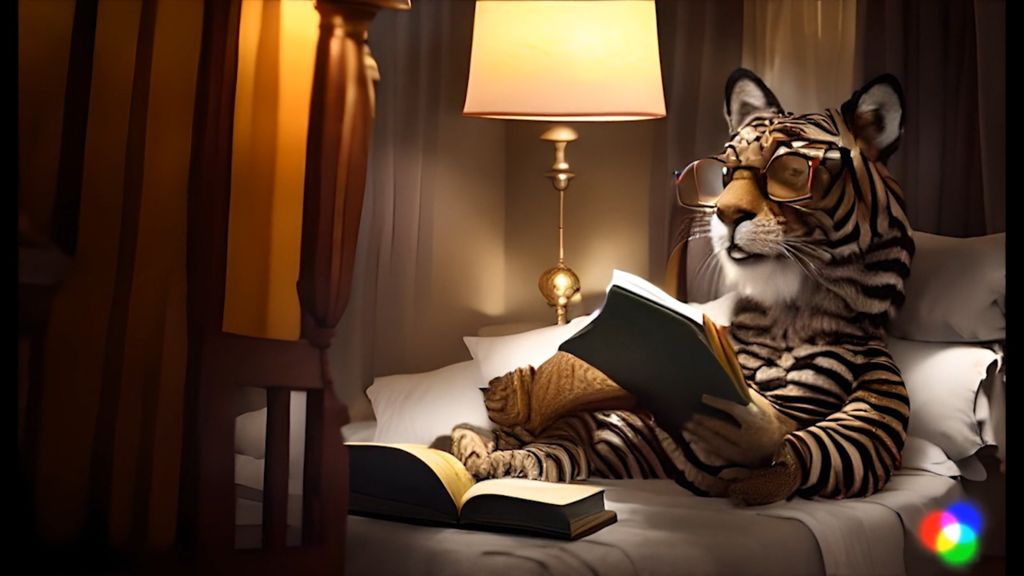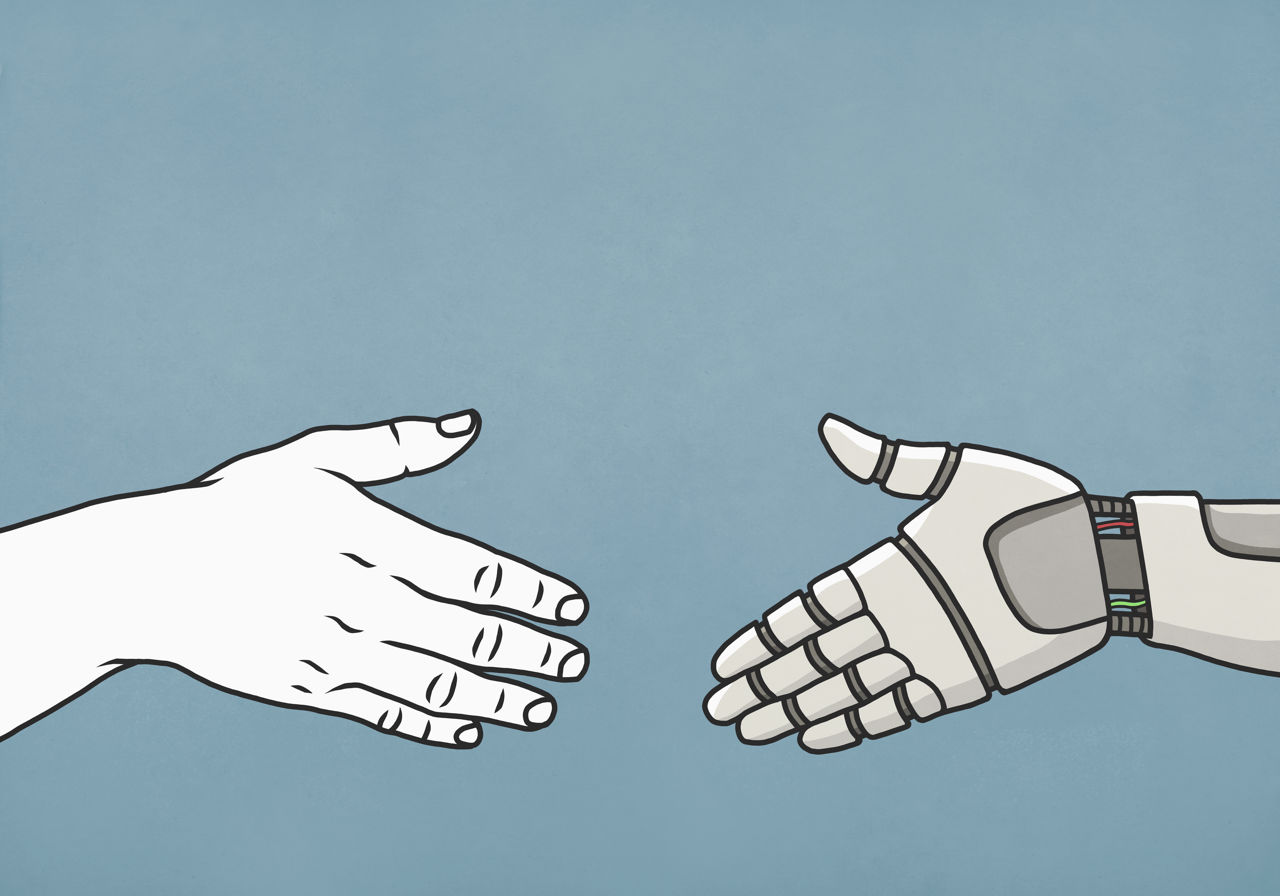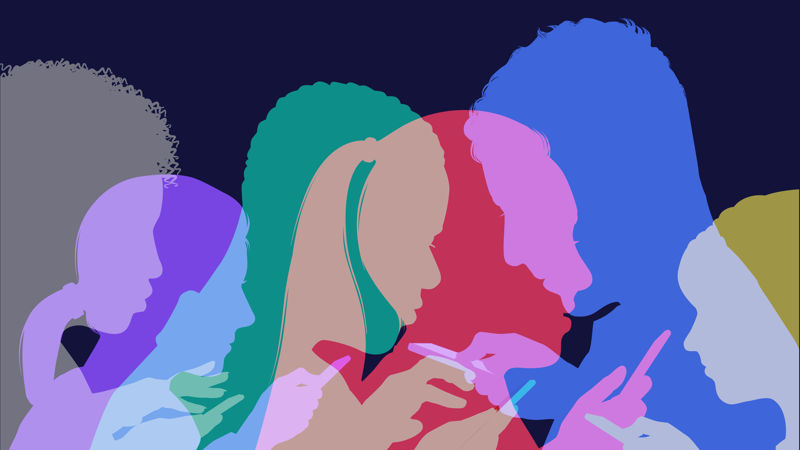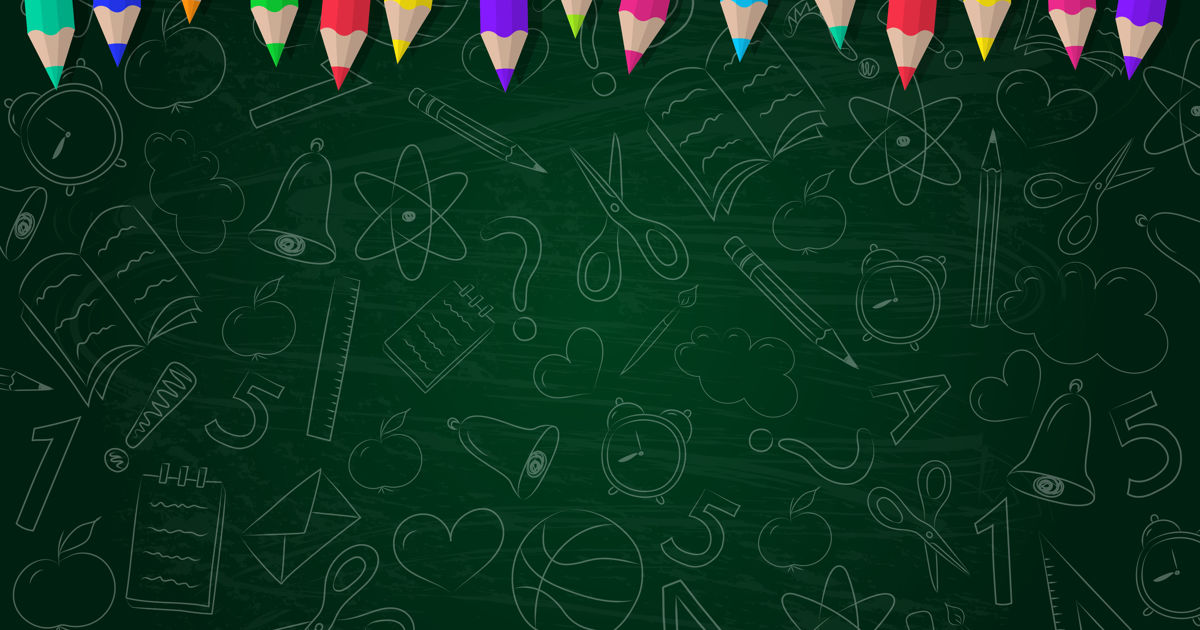AI animation, art therapy and the importance of childlike creativity
Do you think the future looks bleak? As our lives advance - along with our technology - will we become less creative? Ari Kuschnir, Founder and Managing Partner at m ss ng p eces, thinks not. Instead, he embraces AI and what it can teach us and, along with his young daughter, celebrates the benefits of childlike creativity.
Think of a small but significant moment from your childhood that you feel weird about, or which incites an emotion,” says Ari Kuschnir, Founder and Managing Partner at m ss ng p eces. “The first thing you think of is usually the best.”
As discussions about artificial intelligence go, this isn’t what I was necessarily expecting.
As discussions about artificial intelligence go, this isn’t what I was necessarily expecting, but Kuschnir doesn’t just want to talk, he wants to show. The previous week he had sent some videos co-created by his now six-year-old daughter, Luna, on Runway, a piece of AI tech that generates animated videos and images using only the words you input into it.
Above: Kuschnir's short film explains the thinking behind the films he makes with Luna, his young daughter.
Luna’s videos are weird, wonderful, sometimes creepy and always compelling, and show how a creative mind and a confident vocabulary can, in the latter part of 2023, set someone on a filmmaking path like no other that has gone before it. And this, to Kuschnir, is one of his main points; creativity, and creative thinking doesn’t need to be ceded just because we have technological tools at our disposal which can now do the heavy lifting of creation for us.
“A lot of parents think that the future is going to be a grim place for their children or for their children’s children because it's going to be taken over by robots,” Kuschnir says. “There's a lot of fear around the internet and around technology and what it can represent, especially if we go to the extremes of what it could be. But, actually, if you take a minute to work out what the benefits can be for children, and for their imaginations, I think we can have a different viewpoint.”
A lot of parents think that the future is going to be a grim place for their children or for their children’s children.
Kuschnir believes that, to some degree, we are failing the next generation by stymieing their creative impulses and, rather than exacerbating that situation, AI can actually help a lot of young people focus on and enhance their imaginations. The school system, he believes, plays a part in this. He cites the Waldorf approach to education, which aims to develop pupils' intellectual, artistic, and practical skills - with a focus on imagination and creativity - as countering more traditional approaches from the early 20th century. “Kids were just being put into school with a view to them going to work at the factories,” Kuschnir says. “They were being turned into little drones. And, really, we never got out of that [system].”
Credits
powered by
-
-
- Director Ari Kuschnir
-
-
Unlock full credits and more with a Source + shots membership.
Credits
powered by
- Director Ari Kuschnir

Credits
powered by
- Director Ari Kuschnir
Above: A selection of animated films co-created by Kuschnir and his daughter.
Watching his daughter play with Runway, explore creative ideas and see them come to life in a matter of minutes has reminded Kuschnir that technology doesn’t have to be our enemy, even when it seems like a threat. The animations Luna created would, in the past, have meant a long period of learning how to use the technology, and a long time to create them once she had. Not to mention the cost of buying the tech in the first place.
When you have a kid you're presented with a reflection of who you were as a child and you have a chance to find that part of you again.
Kuschnir’s move towards AI and the creative release it can enable isn’t just about his daughter, though. He’s adopted it as “a form of creative therapy”. “I was a very creative child,” he says, “and then, you know, different factors; school, parents, life, whatever… they contribute to numbing that creativity or making you feel like imagination is not important anymore.
“And what happens, I think, is that when you have a kid you're presented with a reflection of who you were as a child and you have a chance to find that part of you again. I feel like I'm in touch with my five-, six-, seven-year-old self again. And when [Luna and I] were making those cat videos it was so fun because I felt like this would have been a dream thing to do with my dad.”

Above: AI doesn't have to the a grim reaper, instead it can help harness imagination and act as a therapeutic tool.
Kuschnir believes AI can aid much of the advertising industry, and the people who work within in. Everyone working in advertising is, to some degree, mining their past, their childhood and their experiences in order to make something new. Sometimes, he says, tantrums and traumas manifest because we revert to our younger selves. “What is craziness but unhealed trauma,” he says. “When I used to walk into rooms and people would misunderstand what m ss ng p eces did, which was common in the early days, I would get worked up about that. Like it was a personal attack on me. Maybe it was because my parents didn't take an idea I had as seriously as I wanted them to at some point. But, once you unpack it, and once you start working with it, you catch it more easily and you don't go into those places.
Everyone working in advertising is, to some degree, mining their past, their childhood and their experiences in order to make something new.
“But I see that around me a lot. It permeates every relationship with every client, every deadline. I feel like part of the mission is to get in touch with and work on our inner children. Because, in a creative industry, that's the main thing, and I think it's more important than people realise. Using things like Runway and other AI tools might look like playing, it might sound silly, but it's actually quite important.”
And, so, back to Kuschnir’s original request for me to think of something from my childhood. It takes some time (it’s not very British to reach back into the past for mildly traumatic memories) but, eventually, one comes: a trip to my dad’s workplace on Christmas Eve. A train ride to London. The seven-ish-year-old-me waking up to see a man wearing my dad’s coat on the platform, walking away from the train on which I’m still sitting. Fear, panic, tears, shouts… It wasn’t him. Turns out that blue coat from M&S was pretty popular in the early 80s, and he was still sitting next to me, where he was when I fell asleep.
Credits
powered by
Above: Creativity, animation and art therapy rolled into one.
After numerous questions about the memory - where it was, the time period, the time of day, the feelings I had, whether it felt comedic, scary, traumatic – and, after Kuschnir inputs all my answers into Runway, out comes an animation that pretty accurately represents the feeling, if not the direct images – of a 40-year-old memory. The process is interesting, unusual, pretty self-conscious but wholly satisfying. Whether you – or I – consider it to be therapy is likely a personal opinion but there’s no doubting that the technology being employed, and the time it takes to be created, is remarkable.
“Look how much fun we were having,” says Kuschnir. “We’re like two kids, and you were back in that place. I found, in the process of working on the animated cat videos with Luna - coming up with the ideas and picking the shots and working with the mistakes and finding the funny soundbites - is that it is unbounded, unlimited, free form, creative and childlike. It's beautiful. It's about being creative for no reason other than to be creative.”
It’s our responsibility as storytellers to envision a positive future where AI is not a grim reaper.
Creativity, Kuschnir believes, is inherently childlike and artificial intelligence has allowed him to unlock his inner-child in a way other filmmaking or creative techniques have, so far, been unable to.
"It feels like we are at an influx point, not just as an industry but as a civilization. We can all see the dystopian ‘Oppenheimer’ version of the AGI future (AI gone wrong), but it’s our responsibility as storytellers to envision a positive future where AI is not a grim reaper of this realm but rather a bridge linking us to unexplored territories of our inventiveness. Maybe it can help remind us that being childlike and playful isn't just nostalgic, it's essential to envision that new world."
)




 + membership
+ membership








